30 ‘Healthy’ Recipes That Are Actually Terrible For You
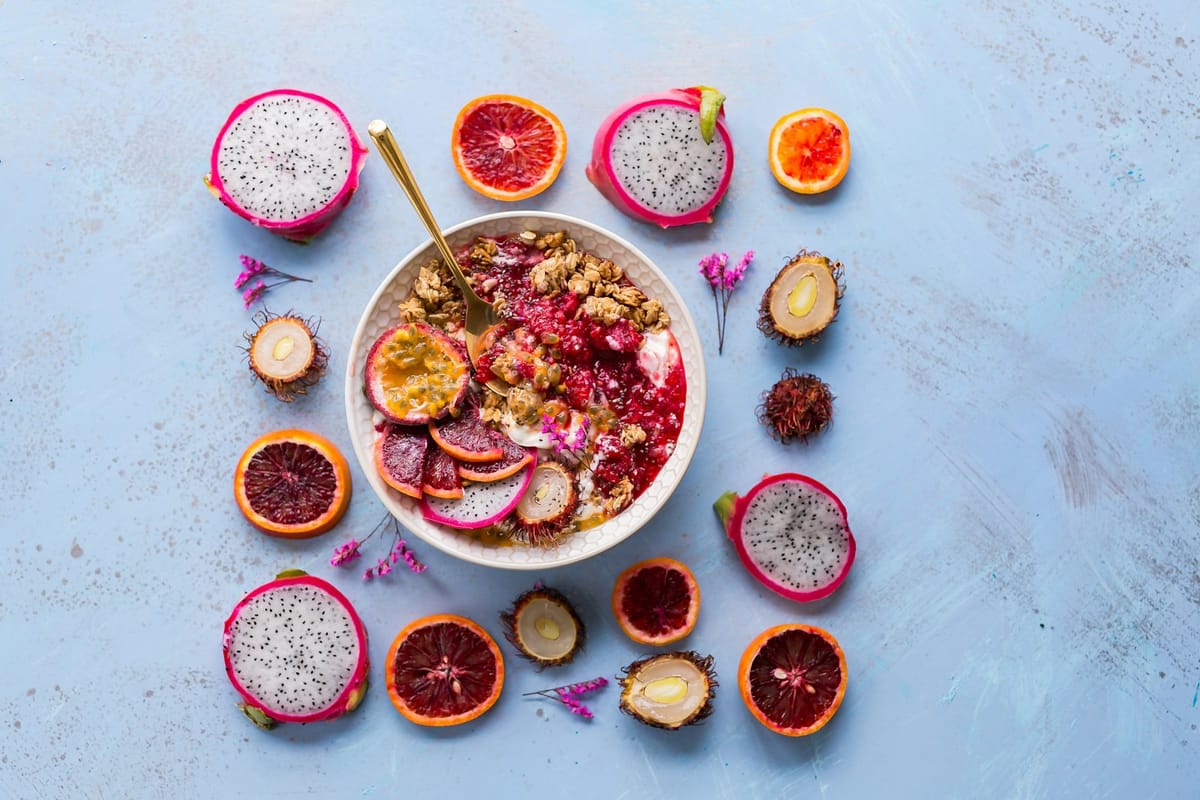
We’ve all been there. Scrolling through social media, seeing vibrant, seemingly virtuous meals, and thinking, “That’s it! My health journey starts now!” The wellness industry is brimming with delicious-looking recipes promising everything from weight loss to boundless energy, all while tasting incredible.
But here’s a hard truth: many of these so-called “healthy” recipes are actually sugar bombs, fat traps, or calorie landmines masquerading as superfoods.
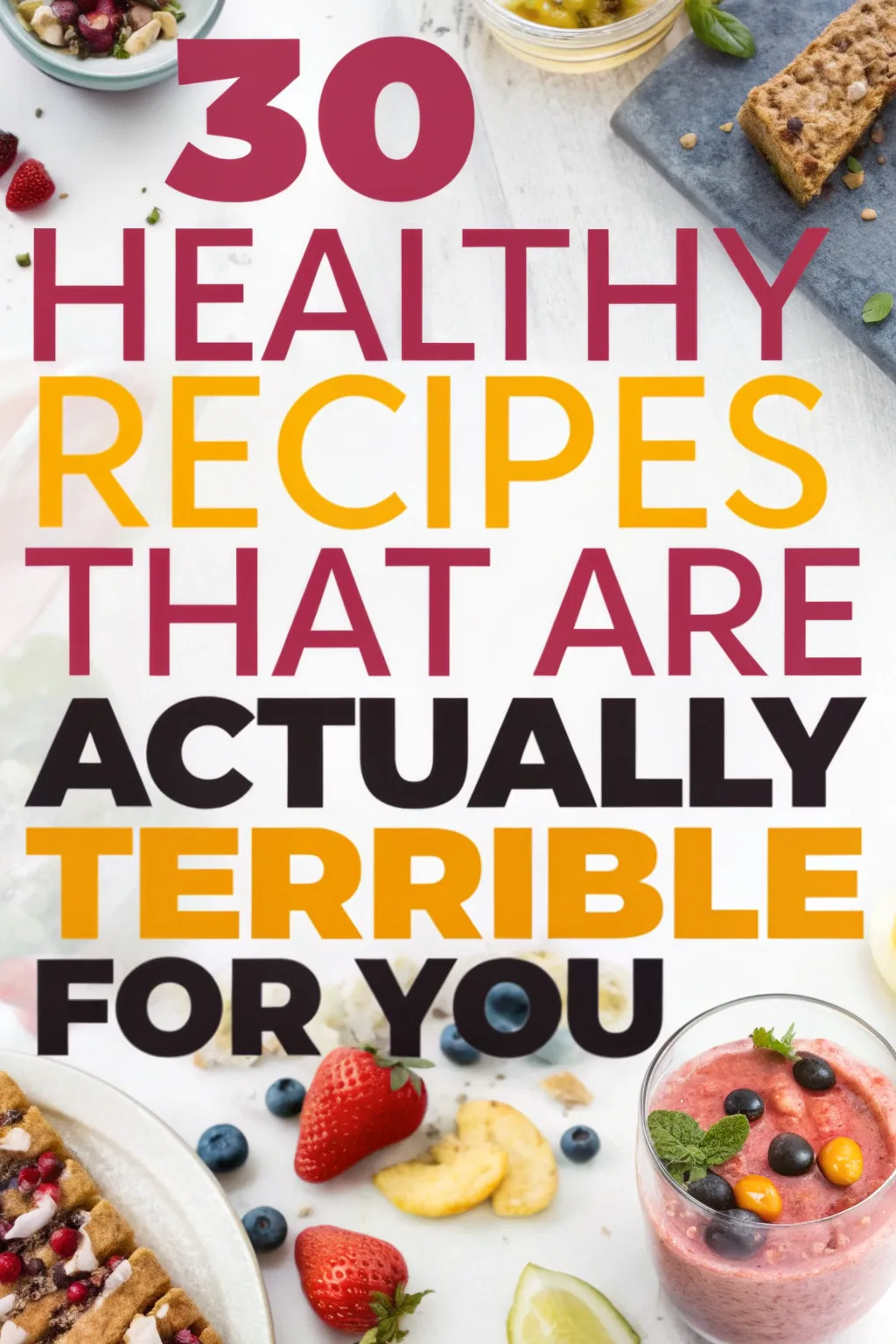
It’s easy to get caught in the trap of marketing buzzwords and Instagram aesthetics. “Gluten-free,” “low-fat,” “plant-based,” “detox” – these terms often mislead us into believing we’re making a wise choice, when in reality, the ingredients and preparation methods can completely sabotage our goals. It’s time to pull back the curtain on some of these popular offenders. Prepare to be surprised – your favorite “healthy” snack might just be doing more harm than good!
Acai Bowl
Why it seems healthy: It’s a vibrant bowl of superfood berries, topped with fresh fruit, granola, and a drizzle of honey. It looks like the definition of health on Instagram.
Why it’s actually terrible: Most commercially prepared or recipe-based acai purées are pre-sweetened. You’re then adding multiple servings of fruit (fructose), sugary granola, and pure sugar from honey or agave. A single bowl can easily pack 50-80 grams of sugar, more than a can of Coke and a donut combined. It’s a blood sugar spike waiting to happen.
Homemade Granola
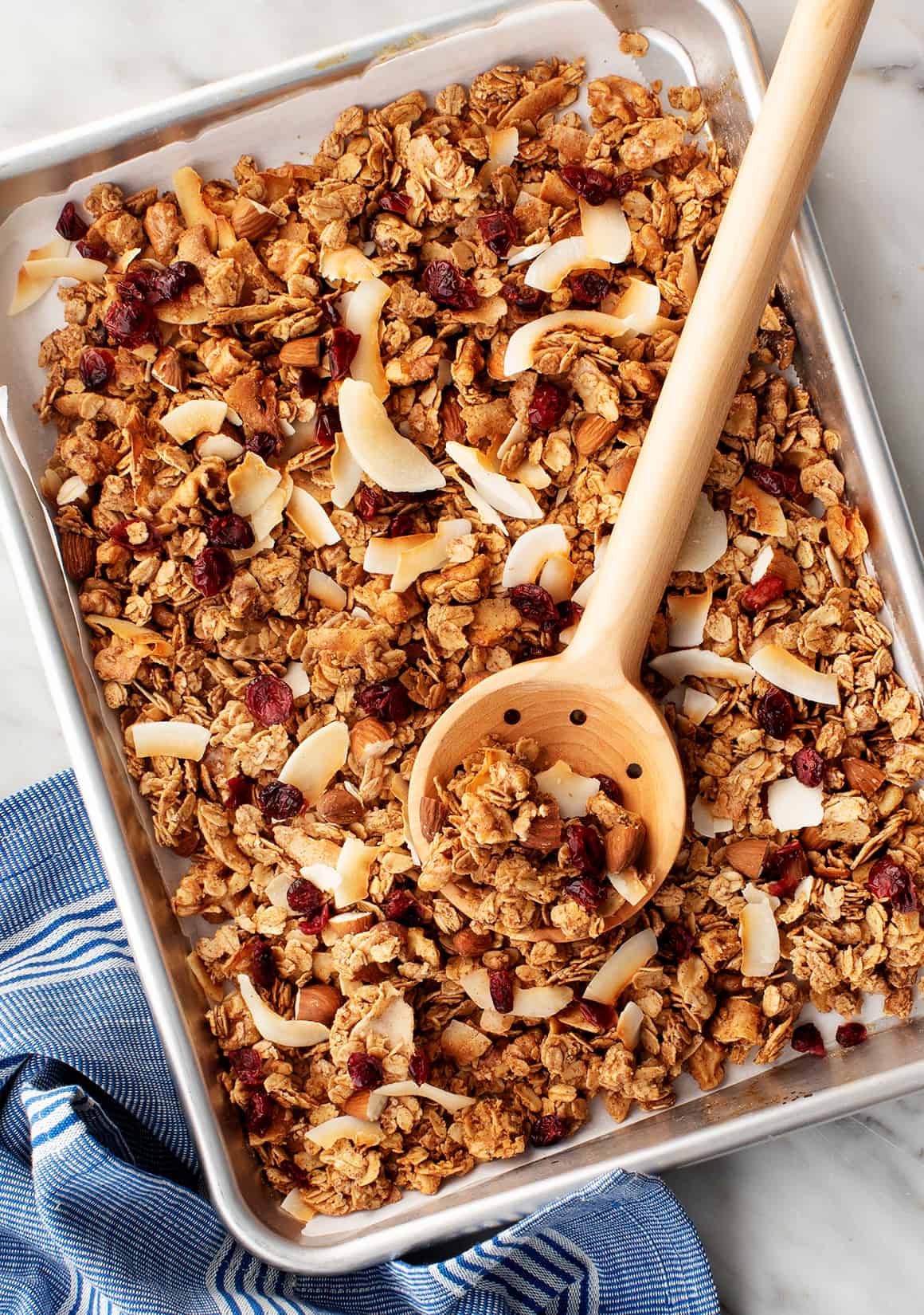
Why it seems healthy: It’s made with whole-grain oats, nuts, and seeds! You control the ingredients, unlike store-bought versions.
Why it’s actually terrible: To get that crunchy, clumpy texture, most recipes require you to douse the oats in significant amounts of oil (fat) and a liquid sweetener like maple syrup or honey (sugar). The portion sizes are deceptively small, and it’s incredibly calorie-dense. A small bowl can contain over 500 calories before you even add milk or yogurt.
Green Juice
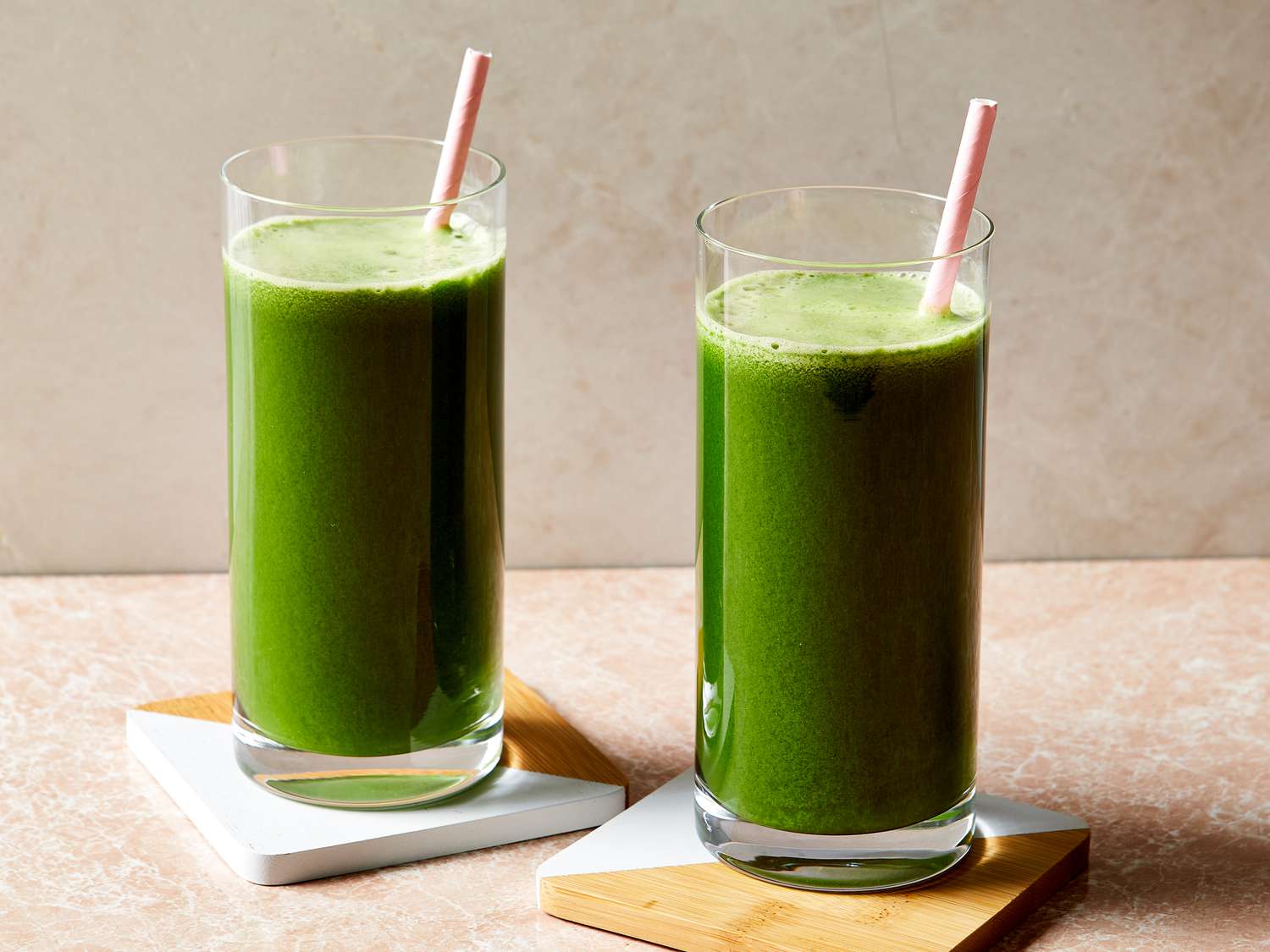
Why it seems healthy: You’re drinking your vegetables! It’s a concentrated shot of vitamins and minerals from kale, spinach, and celery.
Why it’s actually terrible: Juicing strips away all the beneficial fiber from the fruits and vegetables. Fiber is what keeps you full and slows down sugar absorption. What’s left is essentially vitamin-infused sugar water, especially if the recipe includes apples, carrots, or beets to make it palatable. You get the sugar of five fruits without any of the satiating fiber.
Low-Fat Banana Bread
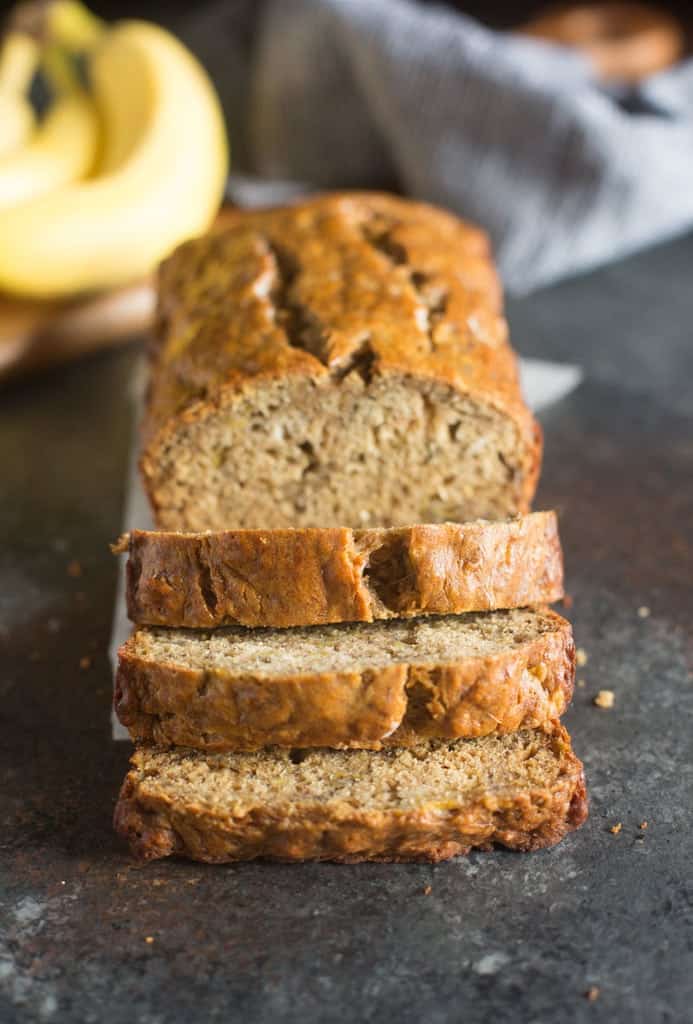
Why it seems healthy: The fat is replaced with applesauce or yogurt, and it’s full of potassium-rich bananas. It’s a “guilt-free” treat.
Why it’s actually terrible: To compensate for the lack of fat (which provides flavor and moisture), these recipes often double down on sugar. You end up with a slice of bread that has a higher glycemic index and can be just as high in calories as the full-fat version. It’s essentially a sugar-and-flour cake masquerading as a health food.
Yogurt Parfait
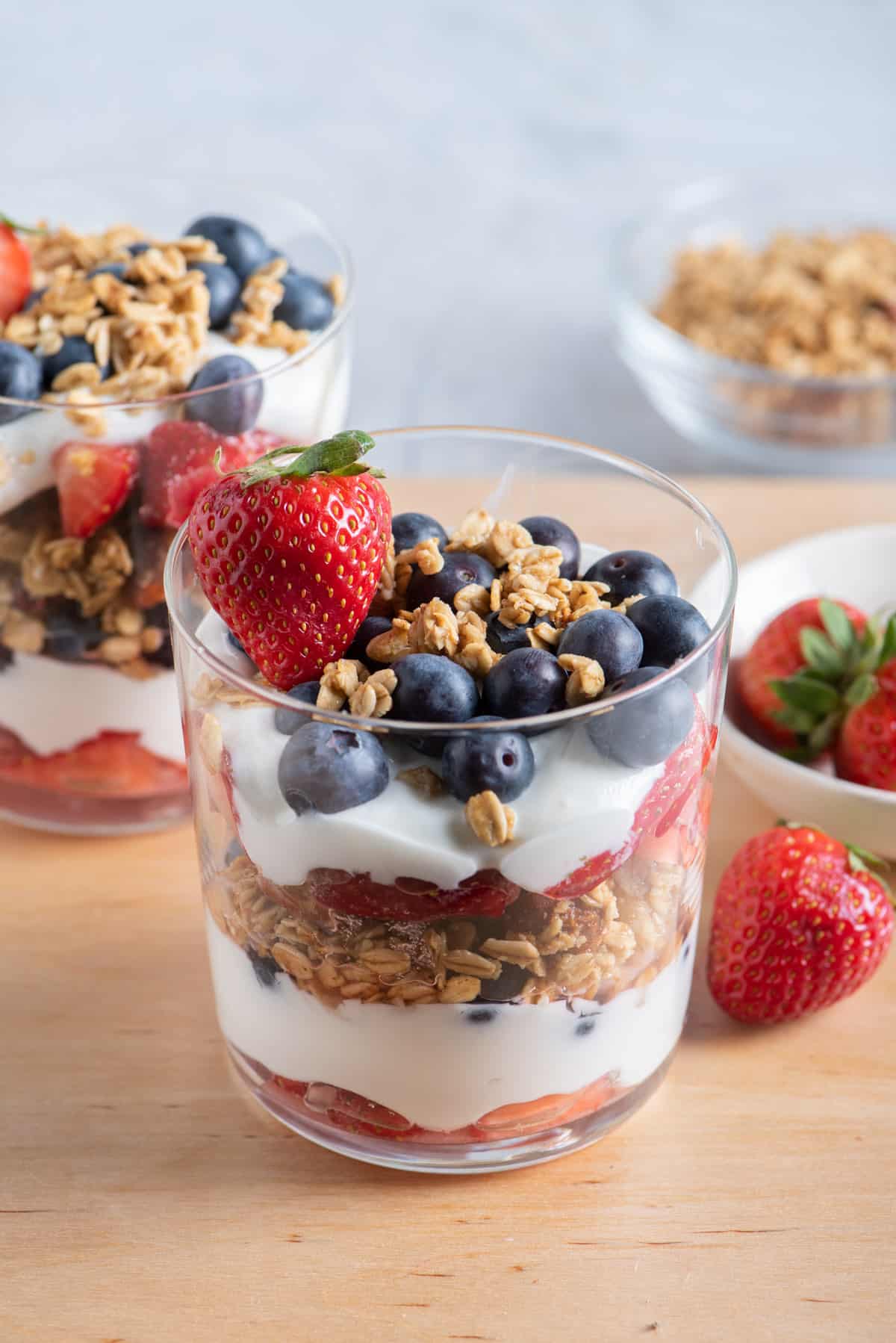
Why it seems healthy: Layers of protein-rich Greek yogurt, fiber-filled fruit, and crunchy granola. It’s a balanced breakfast.
Why it’s actually terrible: This is a sugar parfait. Most flavored yogurts are loaded with sugar. The fruit, while healthy, adds more sugar. The granola is, as we’ve established, often just oat candy. You’re looking at a dessert-level sugar count first thing in the morning, leading to a mid-morning energy crash.
Spicy Tuna Roll
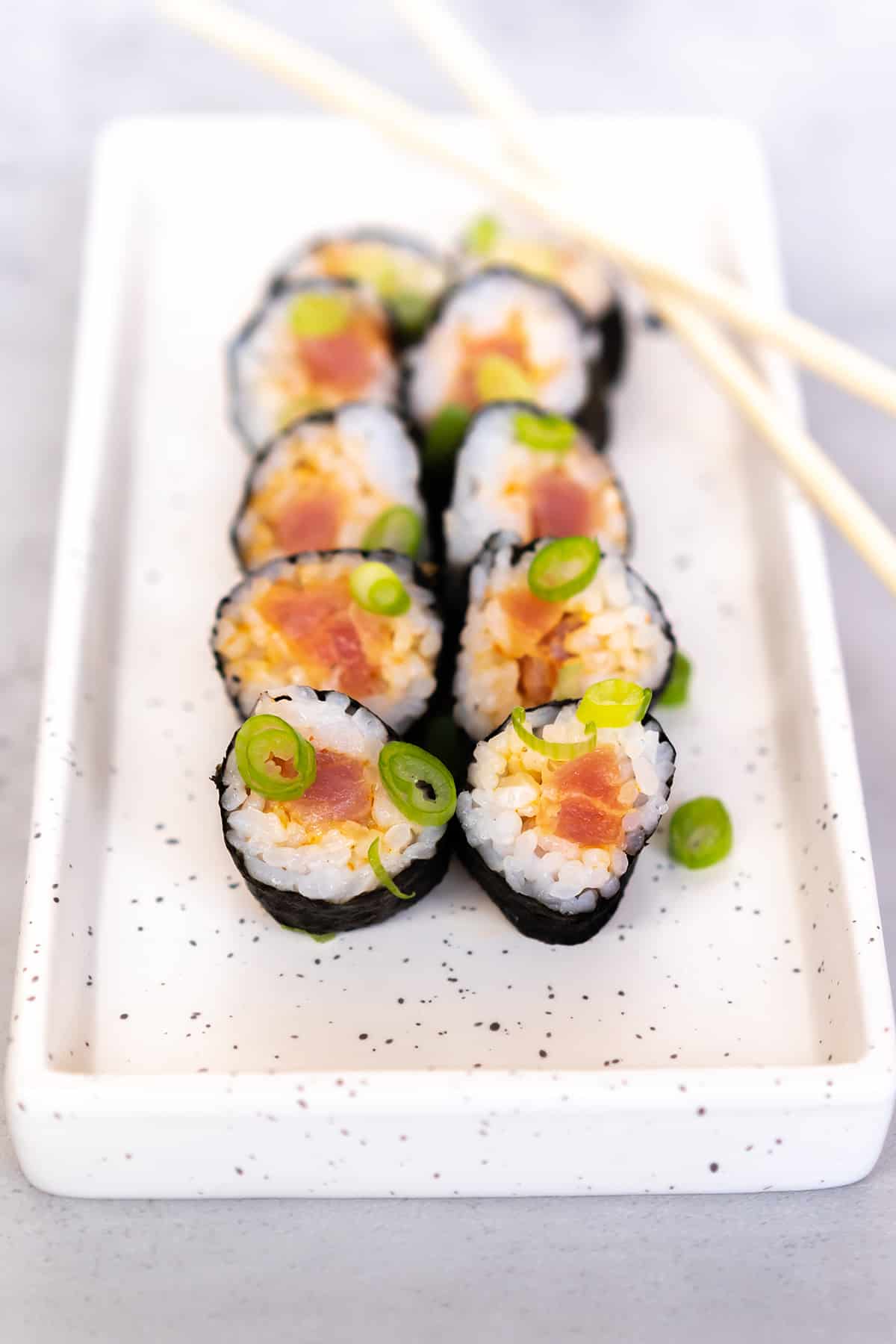
Why it seems healthy: It’s sushi! Fish is good for you, and it feels much lighter than a burger.
Why it’s actually terrible: The “spicy” part is a sauce made almost entirely of high-fat mayonnaise and sriracha (which contains sugar). The “tuna” is often scrap tuna mixed with this fatty, caloric sauce. Add a mountain of refined white sushi rice (which is seasoned with sugar), and you have a high-calorie, high-fat, high-carb roll that offers minimal nutritional benefits.
Turkey Burger
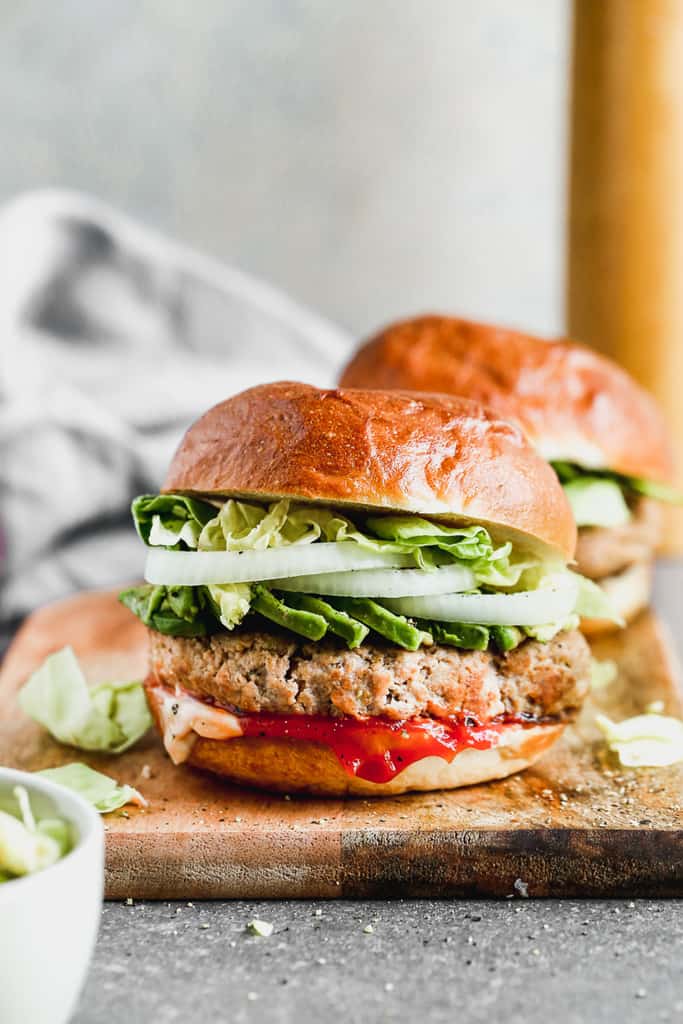
Why it seems healthy: You swapped beef for lean turkey, saving a ton of saturated fat and calories.
Why it’s actually terrible: Not all ground turkey is lean. Unless you specifically buy 99% lean ground turkey breast, you’re likely getting ground dark meat and skin, which can have a fat content similar to lean beef. People then overcompensate with giant, refined-flour buns, fatty cheese, and sugary sauces to make up for the drier texture.
Plant-Based Veggie Burger

Why it seems healthy: It’s made from vegetables, beans, and grains. No meat, no problem.
Why it’s actually terrible: To bind the burger and make it taste good, many recipes and store-bought versions are loaded with sodium, fillers, and processed oils. Some of the most popular “bleeding” veggie burgers are marvels of food science but are ultra-processed and can have more saturated fat and sodium than a beef patty.
Gluten-Free Muffin
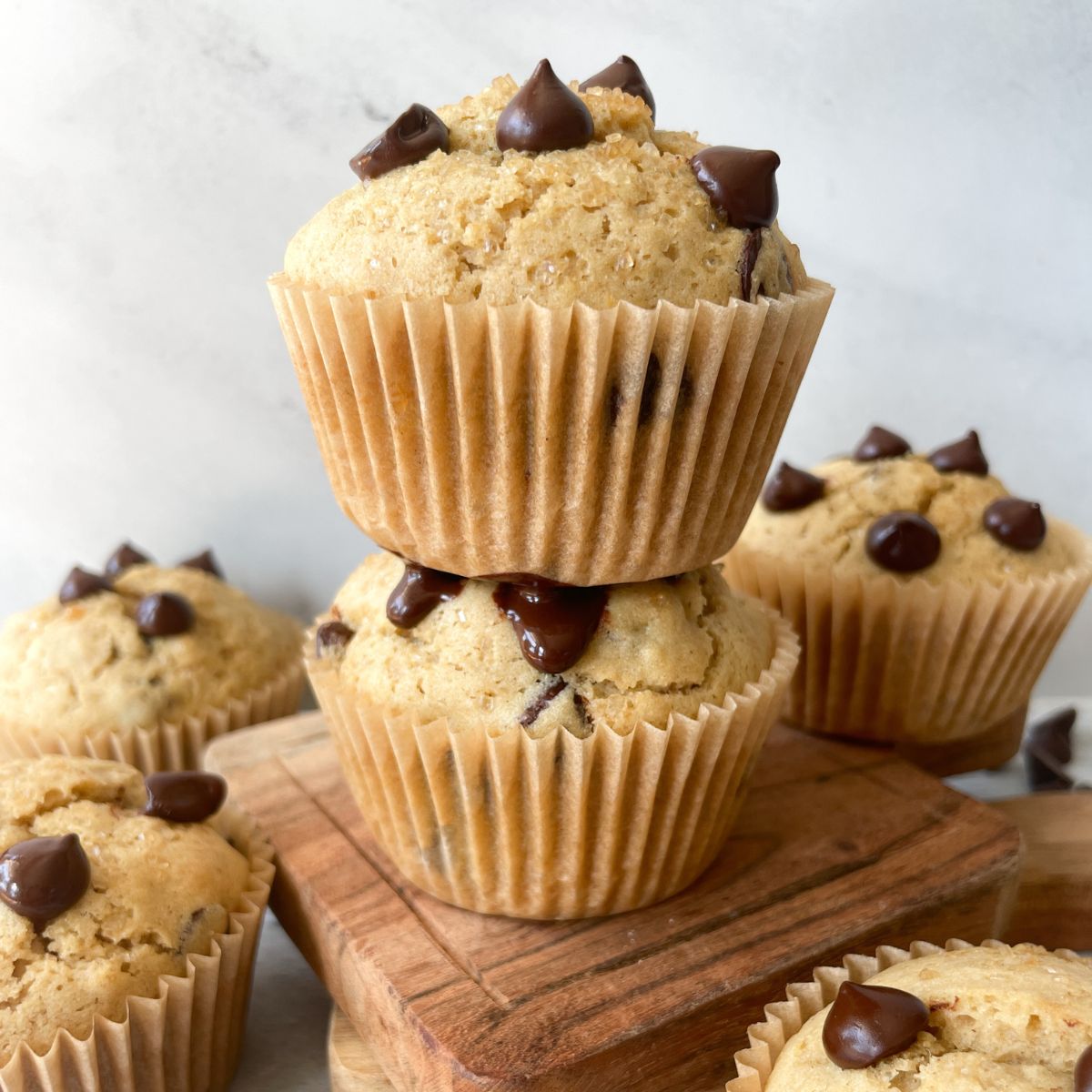
Why it seems healthy: It’s gluten-free, which many people associate with being healthier, lighter, or better for digestion. Why it’s actually terrible: Gluten-free baked goods often rely on highly refined flours like rice flour and potato starch, which can spike blood sugar even faster than wheat flour. To create a palatable texture, they also frequently contain more sugar, fat, and gums than their gluten-filled counterparts.
Instant Oatmeal
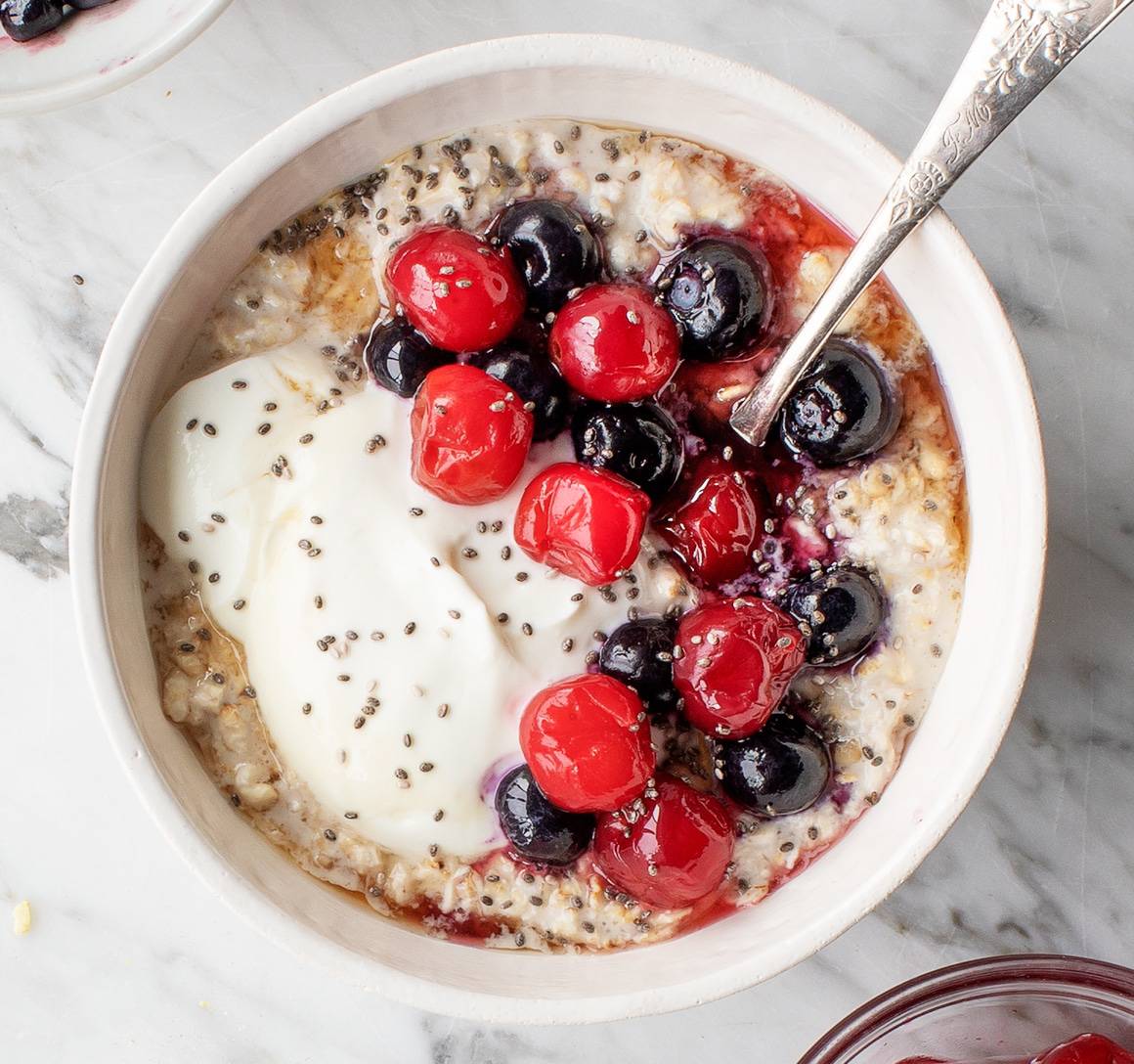
Why it seems healthy: Oats are proven to lower cholesterol! The packets are portion-controlled and quick. Why it’s actually terrible: Those flavored packets (like “Apples & Cinnamon” or “Maple & Brown Sugar”) are sugar bombs. The first or second ingredient is often sugar, and the oats are so finely processed they digest almost instantly, spiking your blood sugar. You’re better off eating plain rolled oats.
Energy Bites
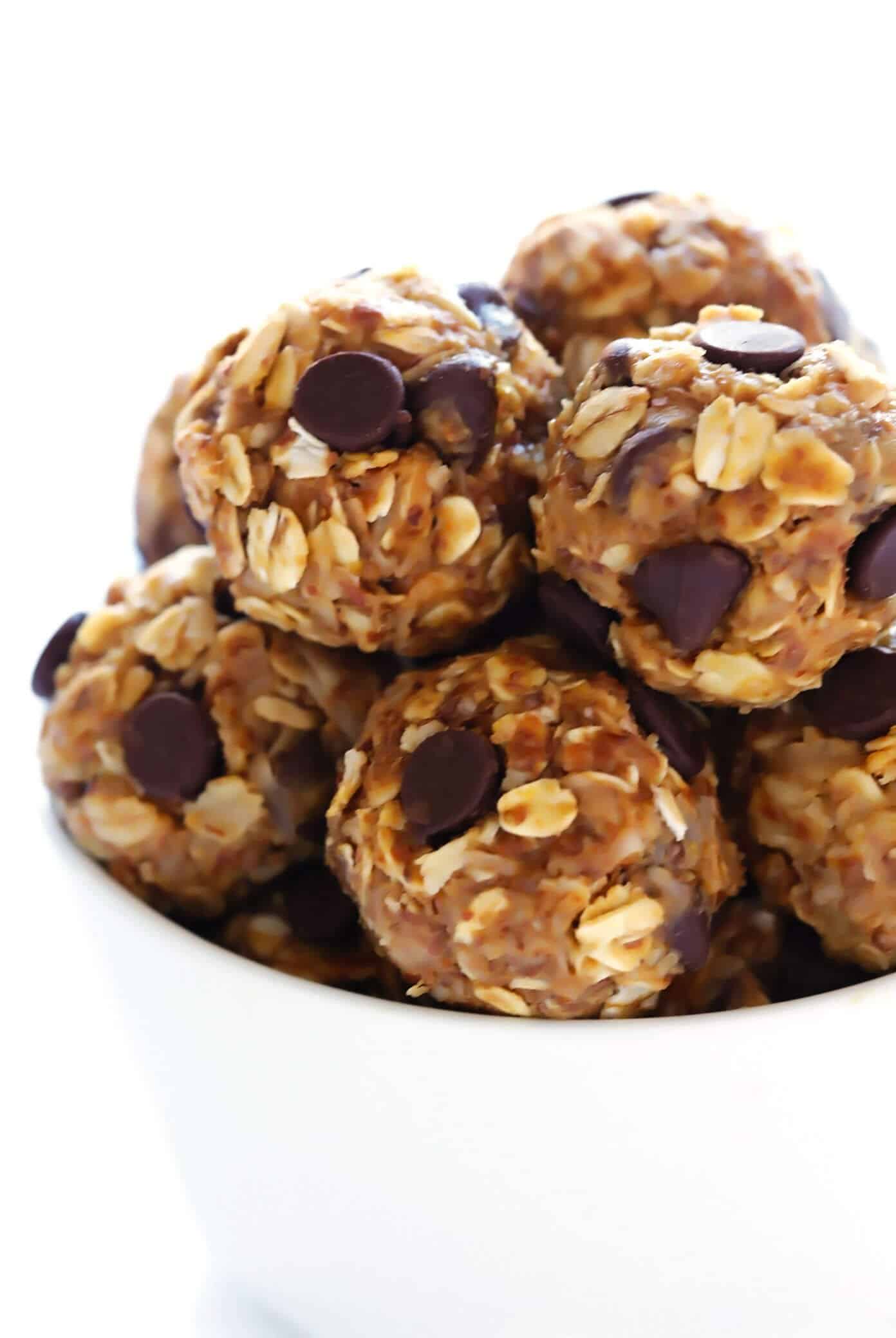
Why it seems healthy: They’re no-bake and made with “natural” ingredients like dates, oats, coconut oil, and nut butter. Why it’s actually terrible: These are calorie grenades. While the ingredients are whole, they are incredibly energy-dense. Dates are very high in sugar, and a single tablespoon of coconut oil or peanut butter packs around 100-120 calories. It’s easy to eat three or four of these “bites” and consume the calorie equivalent of a full meal.
Paleo Pancakes
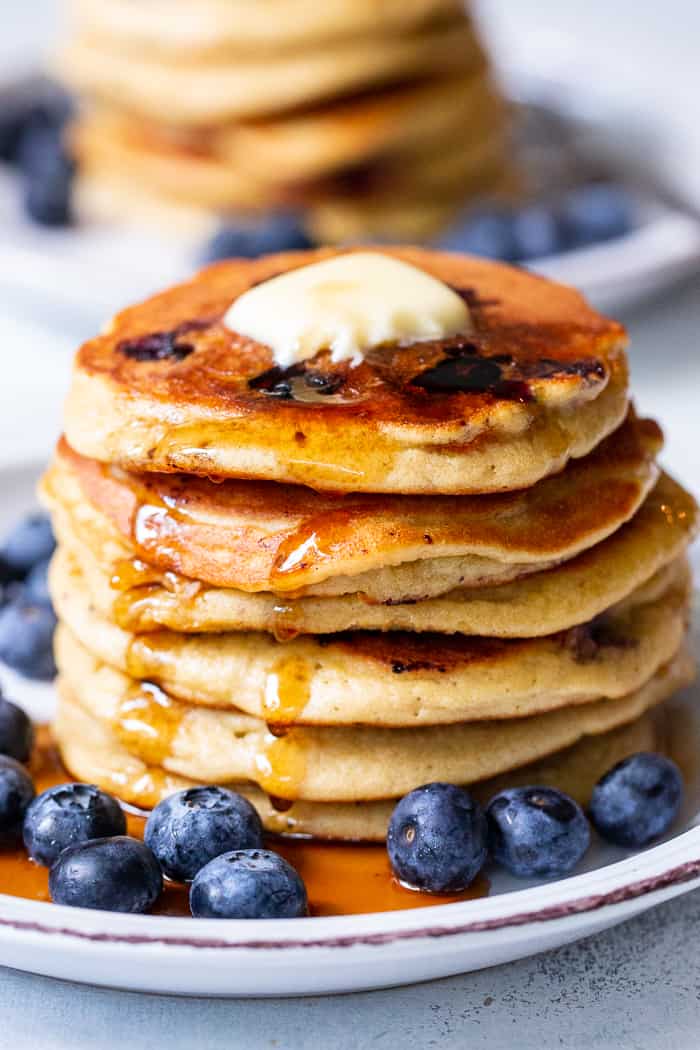
Why it seems healthy: No grains, no dairy, no refined sugar! It’s made with almond flour, eggs, and sweetened with bananas or maple syrup. Why it’s actually terrible: Almond flour is extremely high in fat and calories. While it’s “healthy fat,” a stack of these pancakes can easily top 800 calories before you add toppings. Then you douse them in maple syrup (pure sugar) and add bacon (more fat), turning your “paleo” breakfast into a caloric catastrophe.
Fruit Smoothie
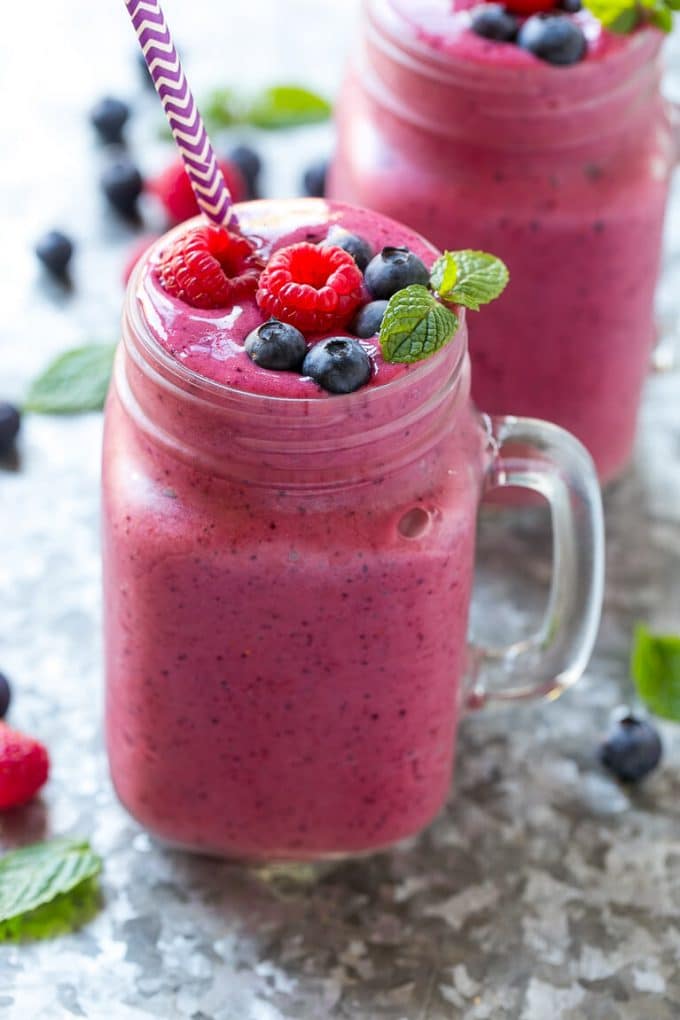
Why it seems healthy: It’s just blended fruit, maybe with some yogurt or juice. It’s a great way to get your five-a-day. Why it’s actually terrible: A single 16oz smoothie can contain 4-5 servings of fruit. You would never eat four bananas and a cup of mango in one sitting, but you’ll happily drink it. Blending pulverizes the fiber, and the massive dose of fructose is metabolized by your liver almost identically to alcohol or high-fructose corn syrup. It’s a fatty liver disease risk in a cup.
Cauliflower Pizza
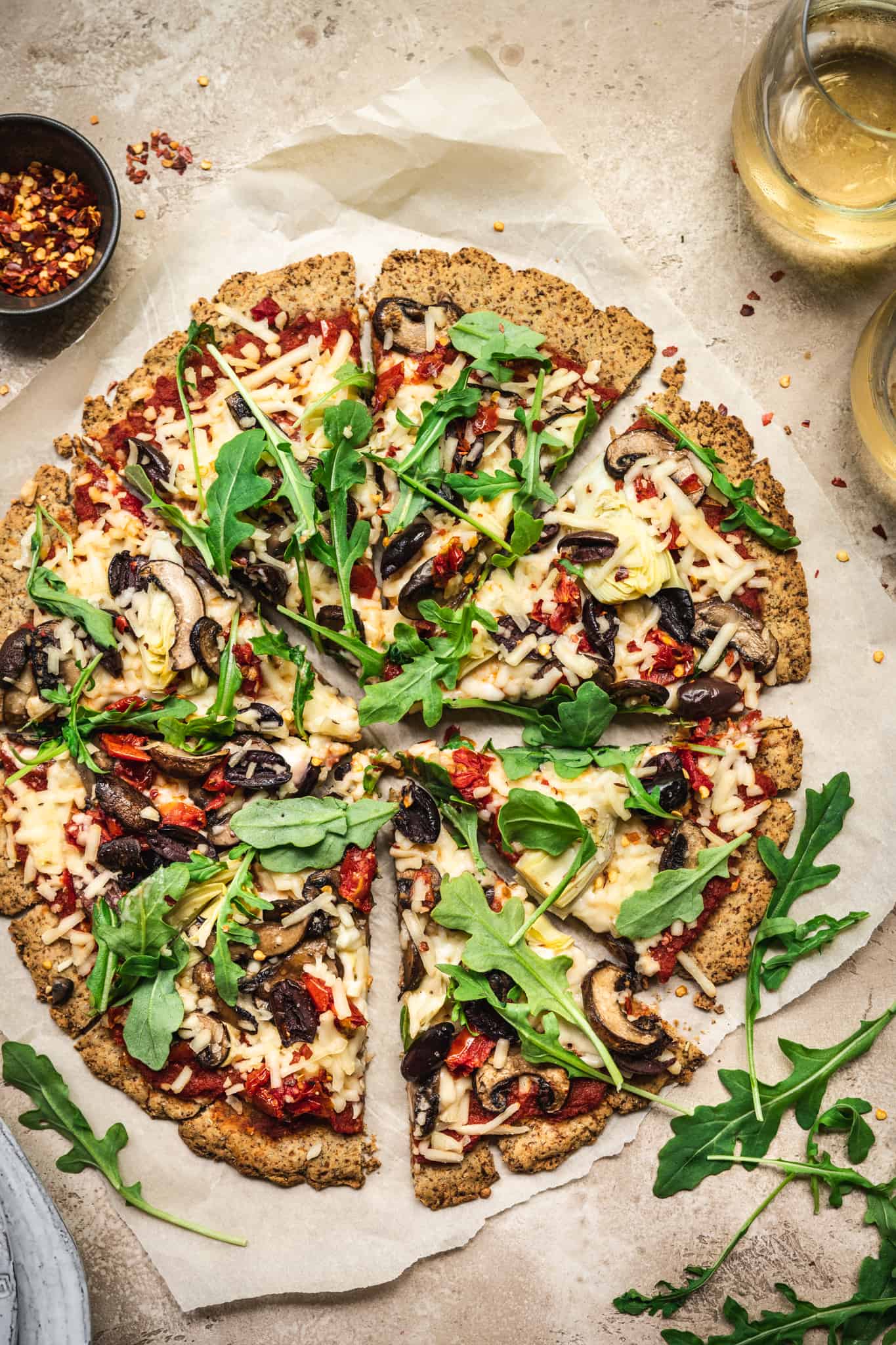
Why it seems healthy: You replaced the carb-heavy flour crust with a vegetable. Genius! Why it’s actually terrible: To make a cauliflower crust hold together, the recipe requires a massive amount of cheese and egg as a binder. The crust itself can end up having more calories and fat than a thin, traditional flour crust. You save on carbs but load up on fat and calories, negating the “healthy” swap.
Dark Chocolate Avocado Mousse
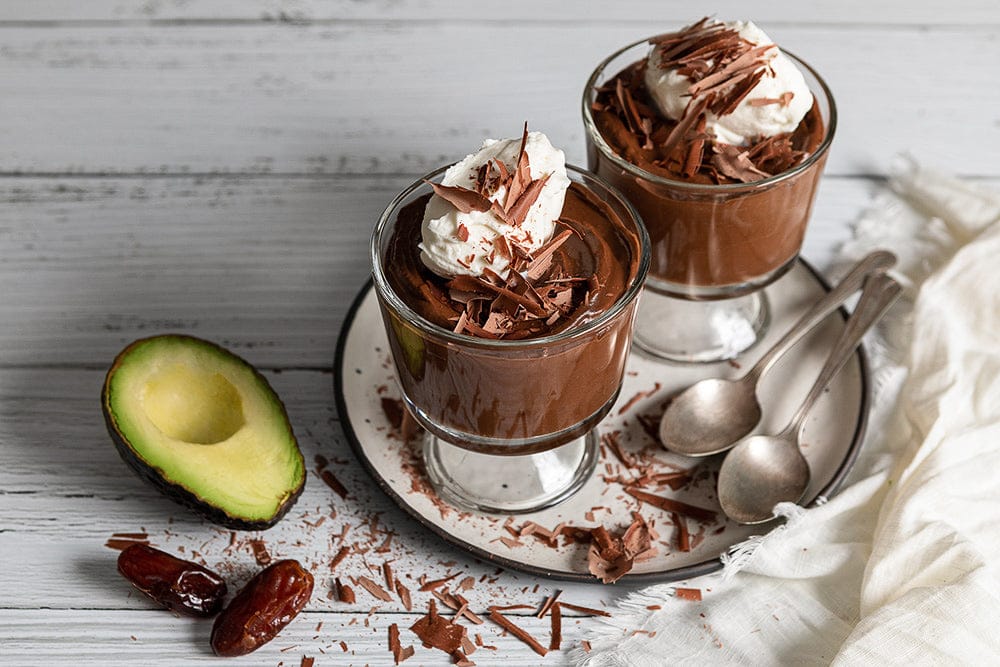
Why it seems healthy: It uses avocado for creaminess instead of heavy cream and dark chocolate for antioxidants. Why it’s actually terrible: Avocado is a fantastic food, but it’s very high in fat and calories. Add in dark chocolate (which still has fat and sugar) and a significant amount of a liquid sweetener like agave or maple syrup to make it taste like a dessert, and you have a fat-and-sugar concoction that is just as calorific as the real thing.
Dried Fruit Snack
Why it seems healthy: It’s just fruit with the water removed. It’s a great source of fiber and vitamins on the go. Why it’s actually terrible: Dried fruit is “nature’s candy.” By removing the water, you concentrate the sugar and calories and make it incredibly easy to overeat. A small handful of dried apricots is the sugar equivalent of eating 6-8 fresh ones. Many are also coated in extra sugar or preserved with sulfites.
Baked Sweet Potato Fries
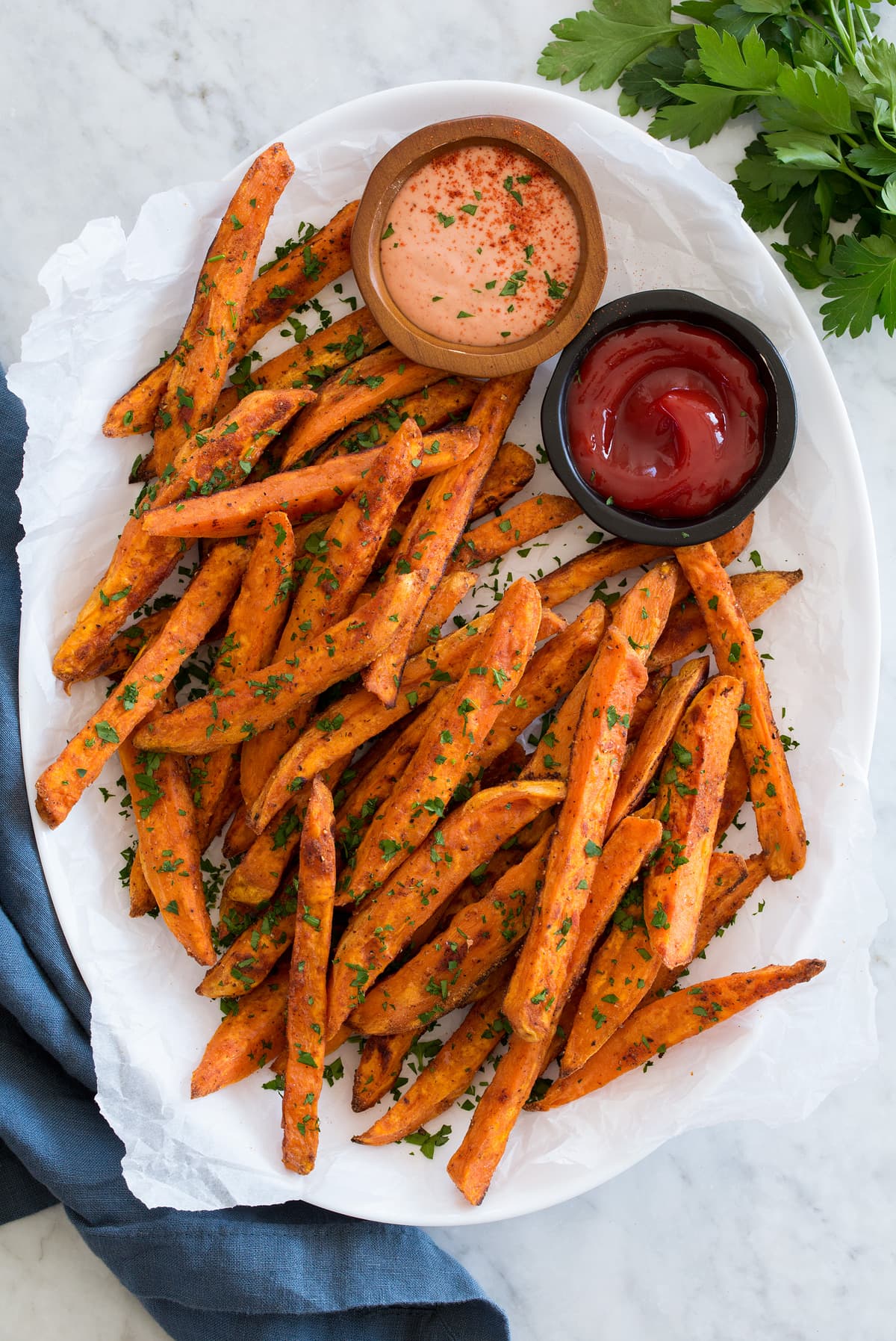
Why it seems healthy: They’re baked, not fried, and sweet potatoes are a superfood full of Vitamin A. Why it’s actually terrible: To get them crispy, most recipes require you to toss them in a generous amount of oil. Sweet potatoes are also higher in sugar than regular potatoes. While nutritionally superior, the calorie and carb count can be surprisingly high, and people tend to eat them with sugary ketchup or high-fat aioli.
Balsamic Glaze
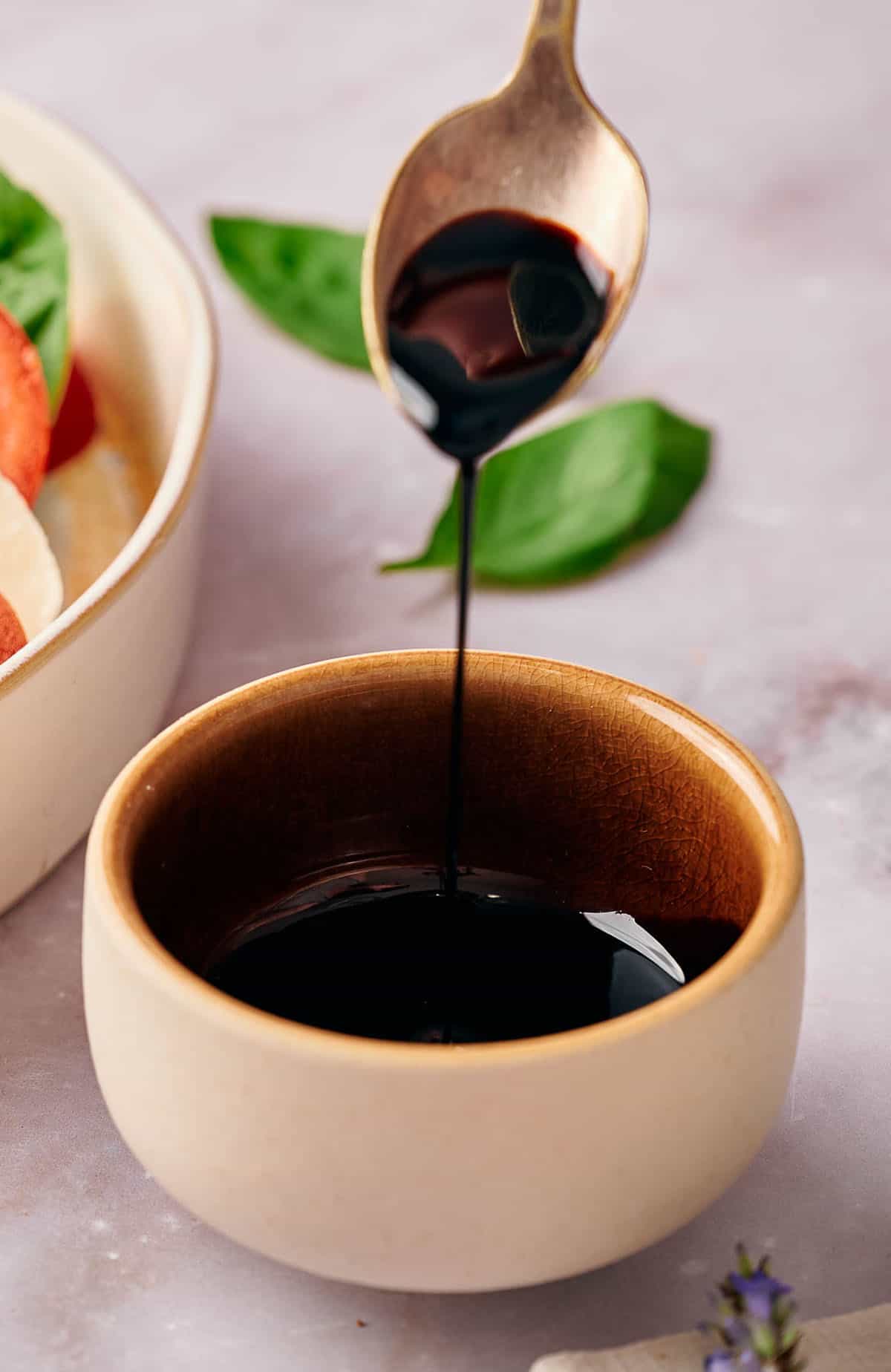
Why it seems healthy: You’re dressing your salad or chicken with fancy balsamic vinegar, not a creamy ranch. Why it’s actually terrible: A balsamic glaze or reduction is not the same as vinegar. It’s made by simmering vinegar with a large amount of sugar (honey, brown sugar, etc.) until it becomes a thick syrup. You’re essentially pouring a sugar syrup all over your otherwise healthy salad or protein.
Kale Chips
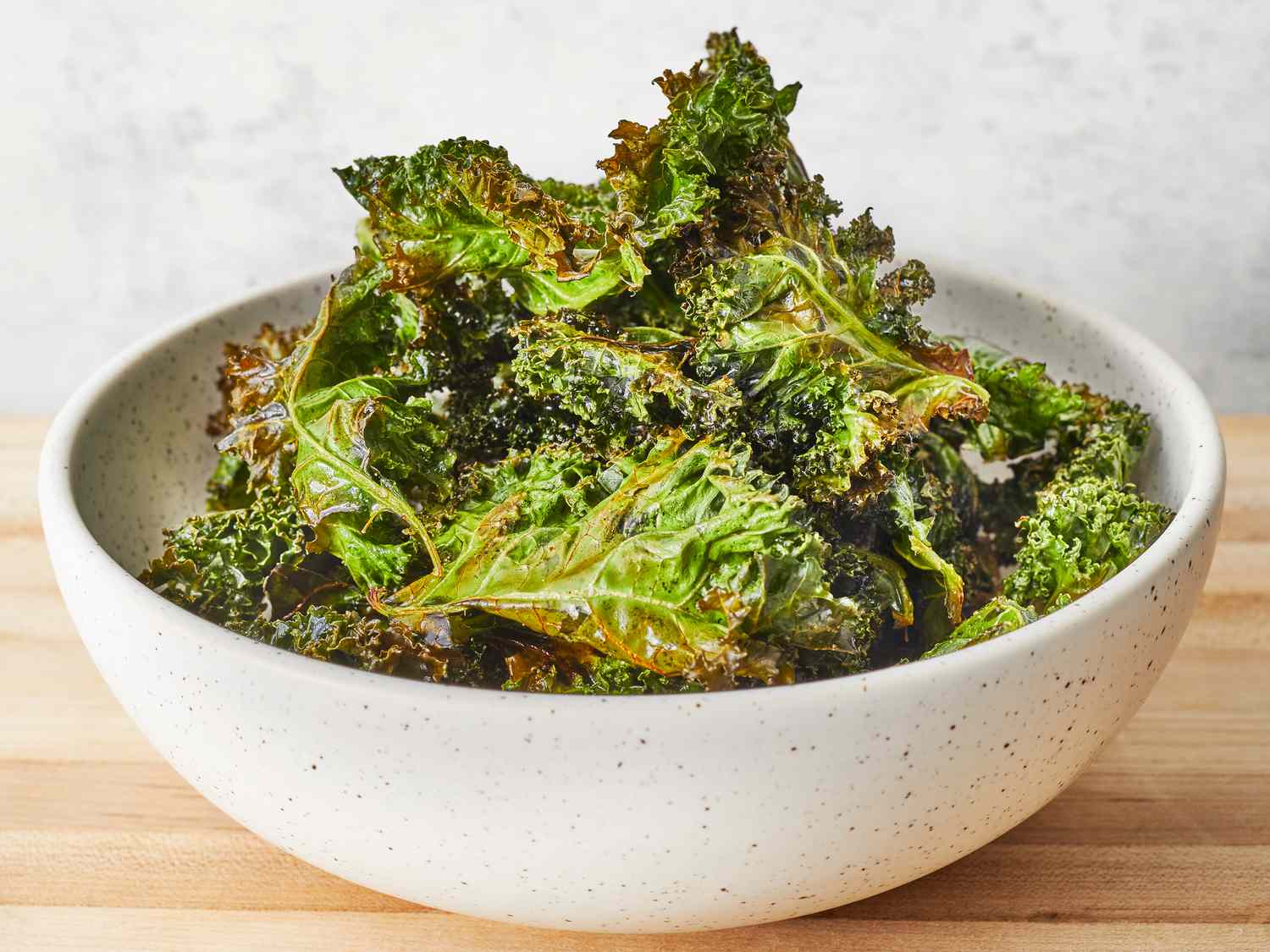
Why it seems healthy: It’s kale! The king of greens! Baked into a crispy, potato-chip-like snack. Why it’s actually terrible: To make kale palatable and crispy, you need to coat every nook and cranny with oil and a heavy hand of salt. The delicate leaves shrivel up to almost nothing, so to get a satisfying bowlful, you’re consuming a lot more oil and sodium than you realize.
Trail Mix
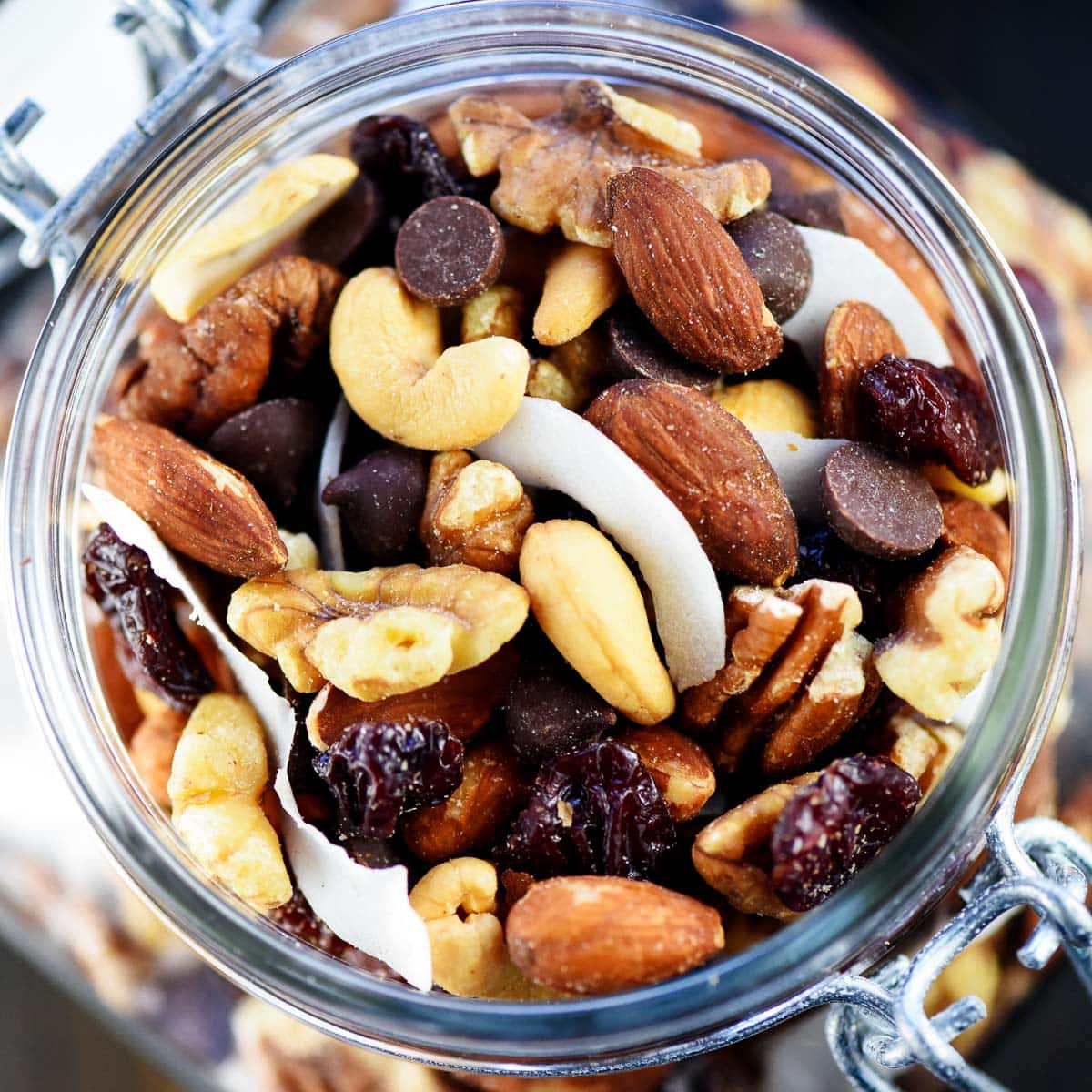
Why it seems healthy: It’s the classic hiker’s fuel, full of nuts for protein and dried fruit for energy. Why it’s actually terrible: Modern trail mix recipes have become a vehicle for candy. They are often 50% M&Ms, chocolate chips, yogurt-covered pretzels, and salted/candied nuts. It’s a high-calorie, high-sugar, high-salt snack that provides a quick burst of energy followed by a crash.
Skinny Margarita
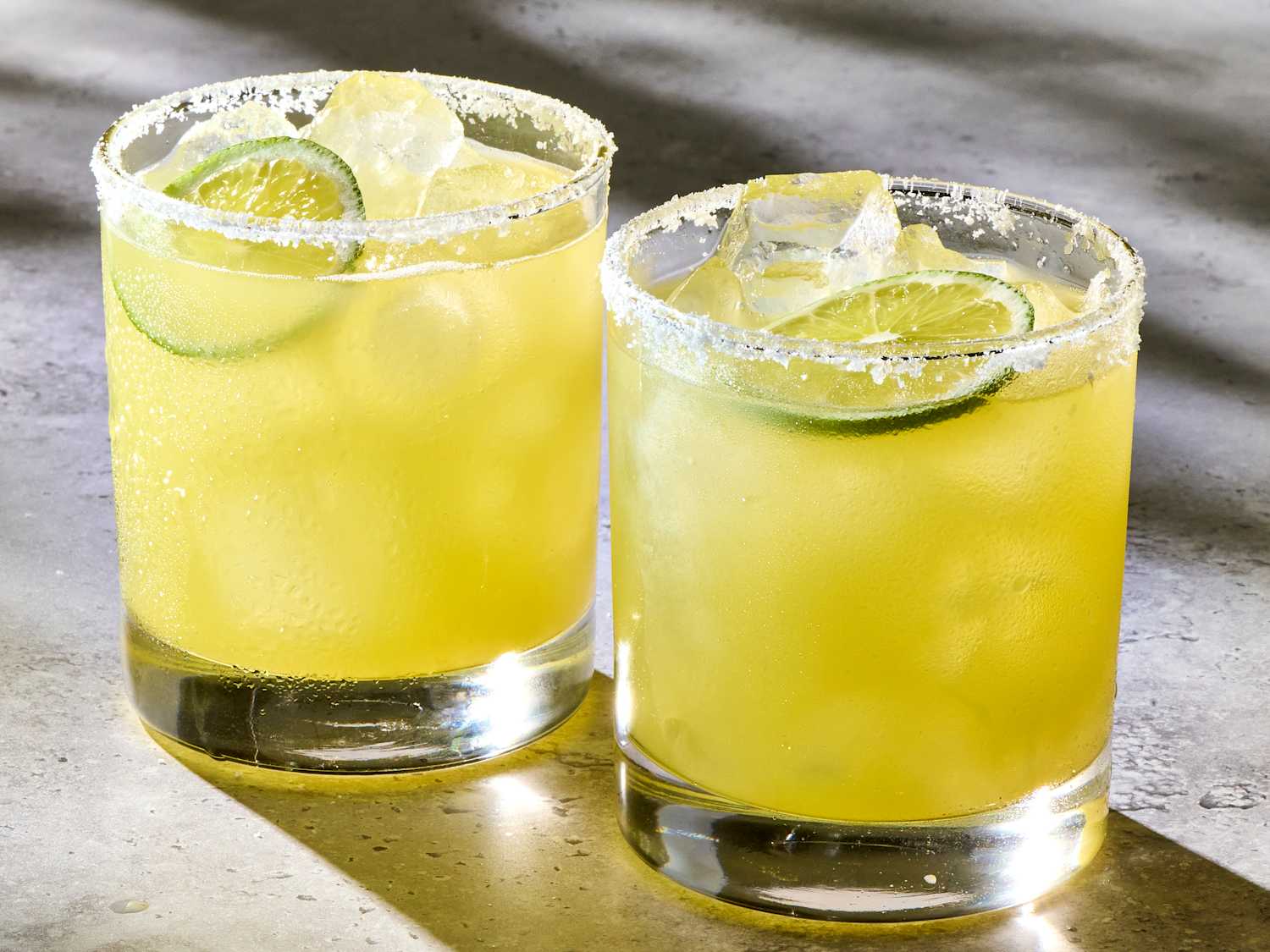
Why it seems healthy: It skips the sugary pre-made mix and uses “natural” agave nectar instead. Why it’s actually terrible: Agave nectar is a marketing triumph. It’s a highly processed sweetener that is up to 90% fructose, which is higher than high-fructose corn syrup. It offers no nutritional advantage over regular sugar and has the same metabolic downsides. Plus, alcohol itself is a high-calorie toxin.
Lentil Soup
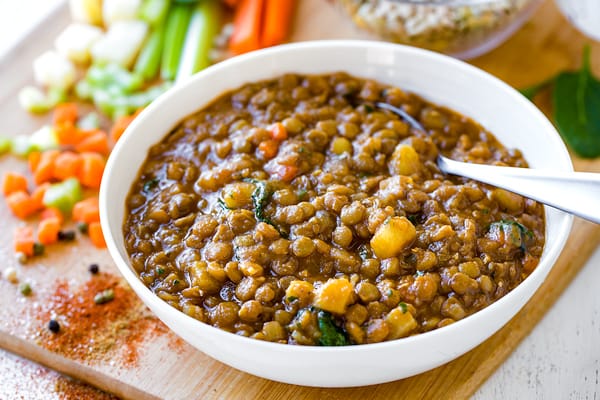
Why it seems healthy: Lentils are a fantastic source of fiber and plant-based protein. Soup is comforting and hydrating. Why it’s actually terrible: Canned or restaurant versions are often sodium bombs, containing over half your daily recommended intake in a single bowl. Many recipes also call for sausage or bacon for flavor, adding a huge amount of saturated fat and nitrates.
Cottage Cheese Bowl
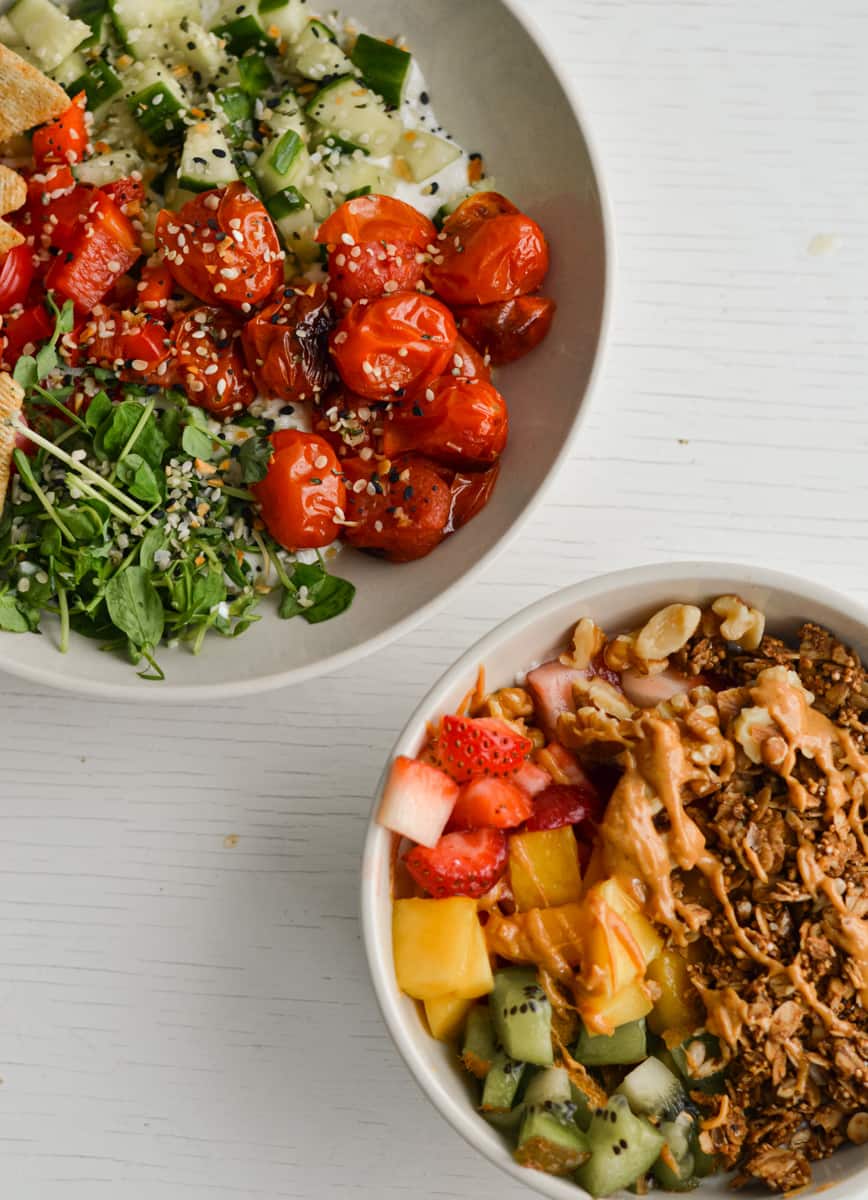
Why it seems healthy: Cottage cheese is a slow-digesting casein protein, great for satiety. Why it’s actually terrible: People rarely eat it plain. They load it up with sugary fruit cocktail, honey, or jams to make it taste good. The “healthy” bowl quickly turns into a high-sugar meal. Also, many full-fat versions are high in saturated fat.
Caesar Salad
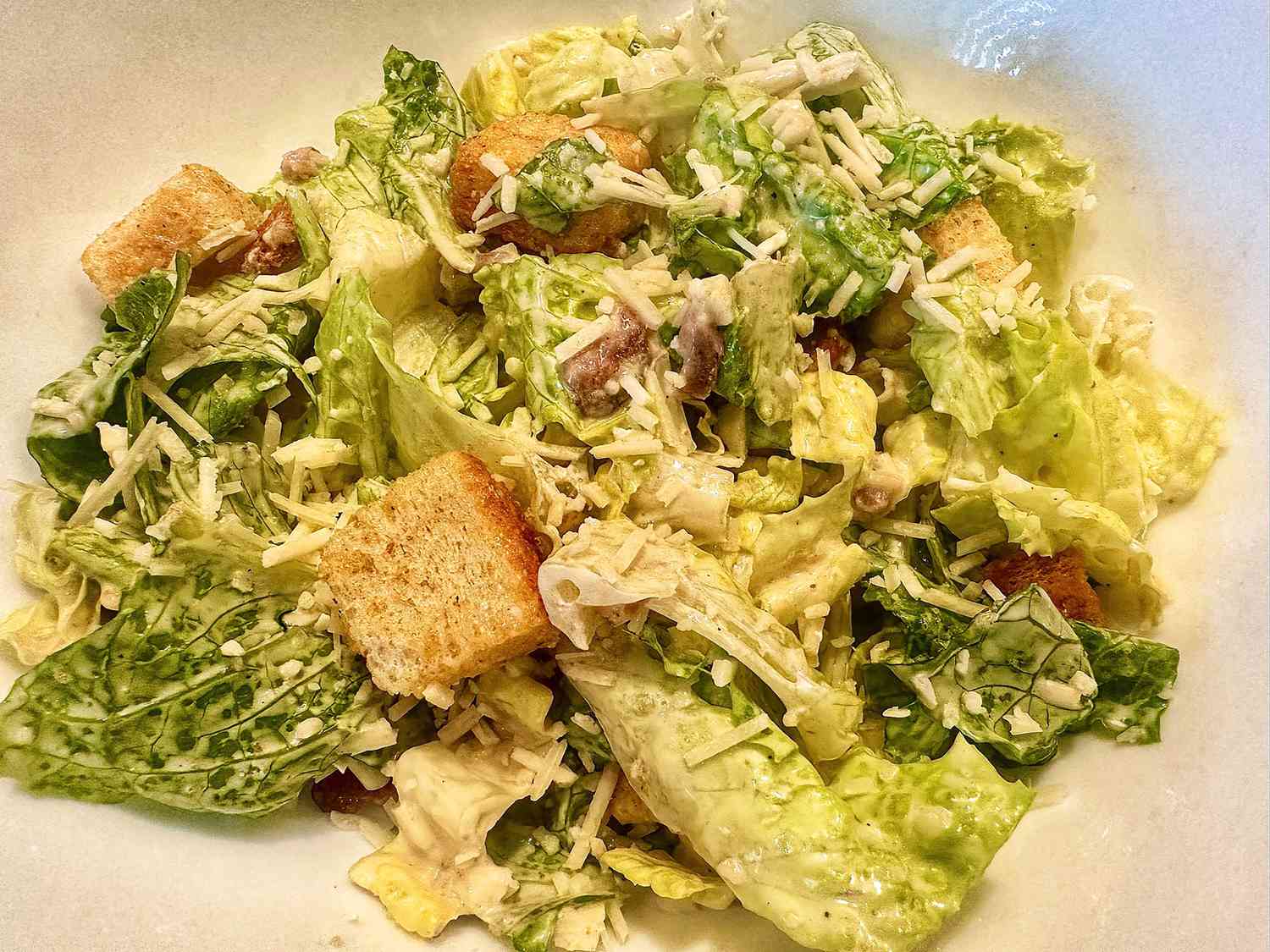
Why it seems healthy: It’s a salad! It has green lettuce and you can add grilled chicken for protein. Why it’s actually terrible: The dressing is an emulsion of oil, egg yolk, and parmesan cheese—a pure fat and calorie bomb. Add fatty croutons and more cheese on top, and you have a salad that can easily contain more calories and fat than a Big Mac.
Bone Broth
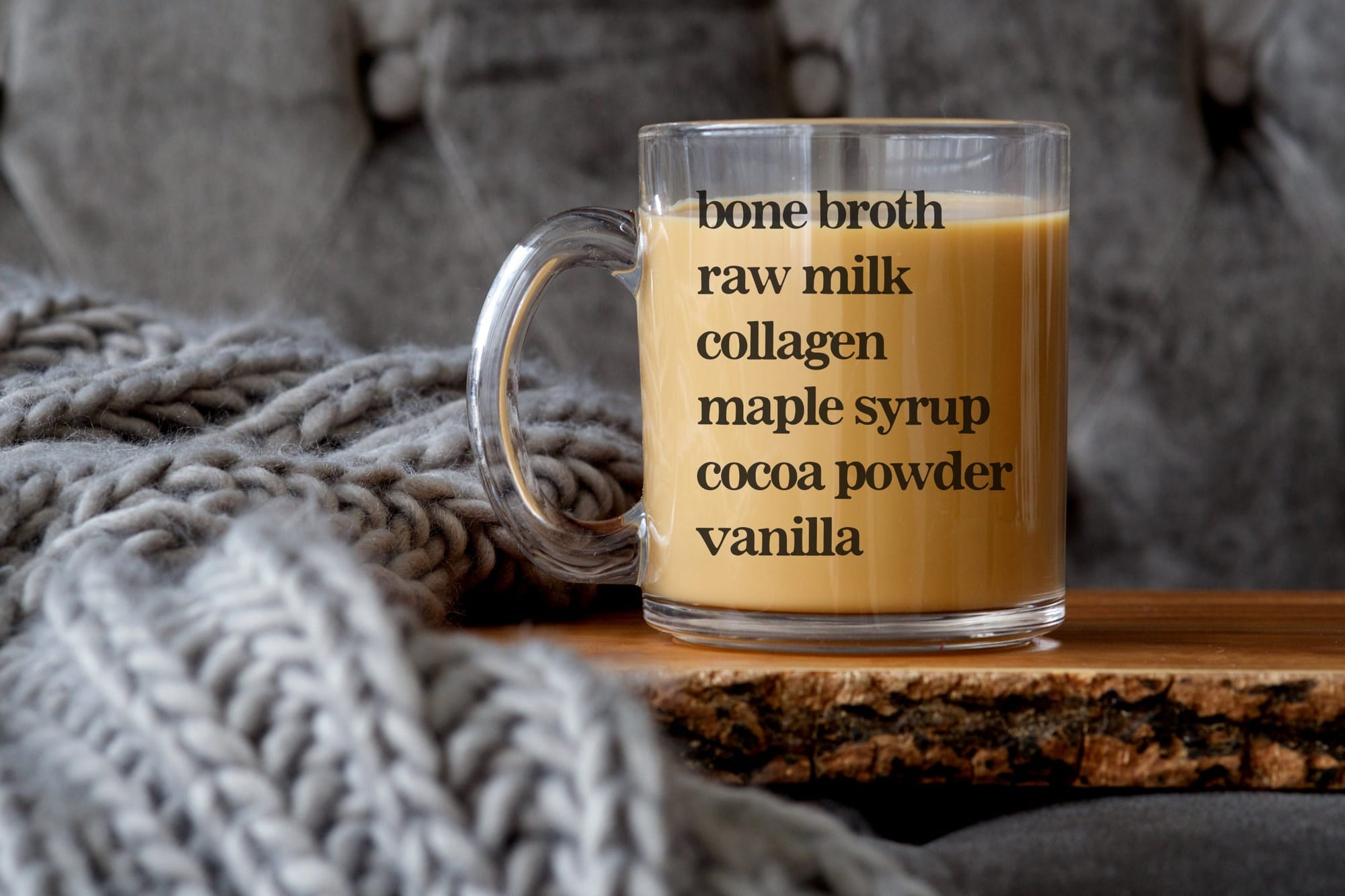
Why it seems healthy: It’s praised for its collagen, gut-healing properties, and minerals. Why it’s actually terrible: While potentially beneficial, the nutritional claims are often wildly exaggerated. Many commercial and homemade broths are incredibly high in sodium. More importantly, it contains virtually no fiber and very few calories, meaning it won’t keep you full, leading you to overeat later.
Rice Paper Roll

Why it seems healthy: They’re not fried like spring rolls and are packed with fresh veggies and lean protein. Why it’s actually terrible: The rolls themselves are fine, but they are almost always served with a dipping sauce that is pure sugar and salt—either a peanut sauce (loaded with sugar and fat) or a nuoc cham (fish sauce, water, lime, and a ton of sugar). The sauce can easily double the calories and sugar of the entire dish.
Sports Drink

Why it seems healthy: It replaces electrolytes and provides energy for your workout. Better than water, right? Why it’s actually terrible: Unless you are a professional athlete engaged in over 90 minutes of intense, continuous exercise, you do not need a sports drink. For the average person’s 45-minute gym session, it’s just a bottle of sugar and artificial colors that completely negates the calories you just burned.
Whole-Grain Pasta Salad
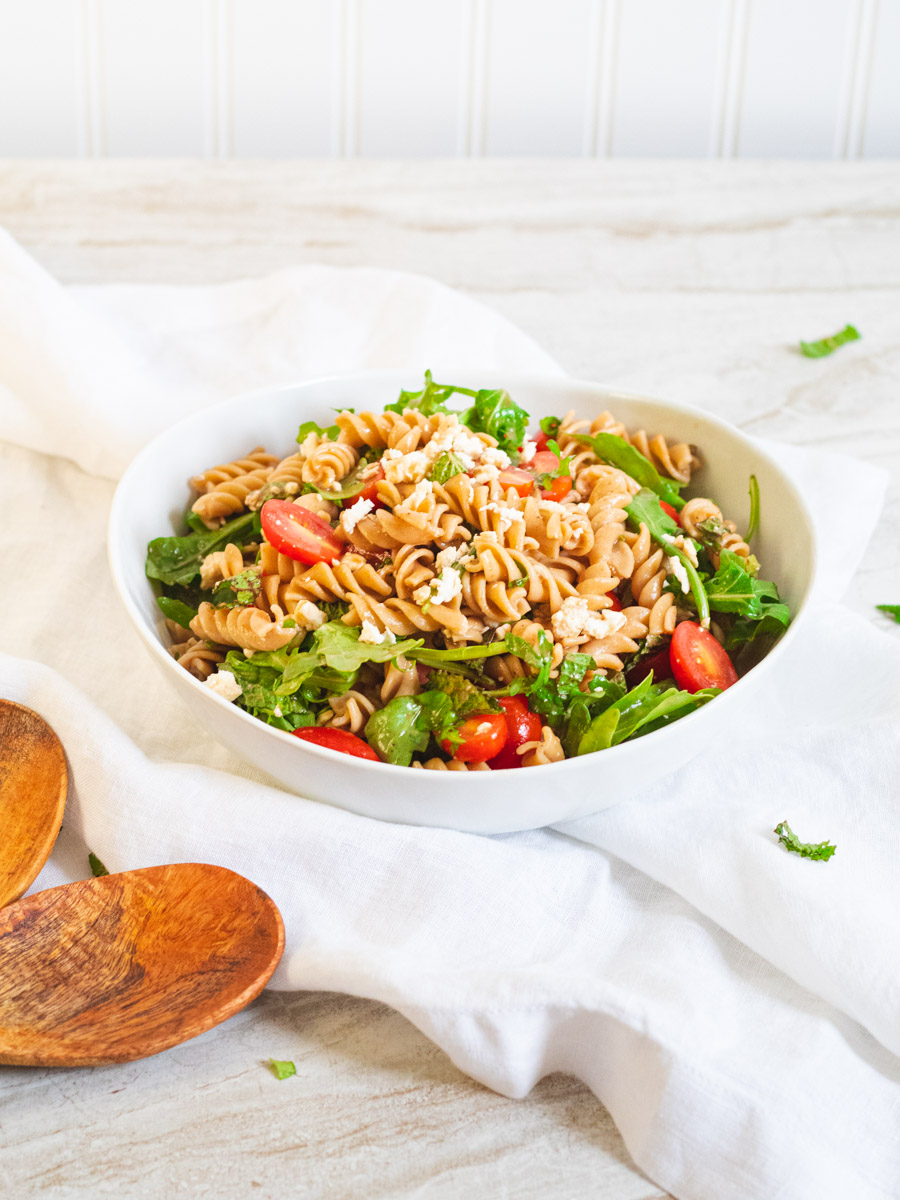
Why it seems healthy: It uses whole-wheat pasta and is loaded with chopped vegetables. Why it’s actually terrible: Pasta salad is a vessel for dressing. Most recipes call for a cup or more of mayonnaise or oily Italian dressing, turning the “salad” into a high-fat, high-calorie side dish. The portion sizes are also typically huge.
Stuffed Bell Pepper
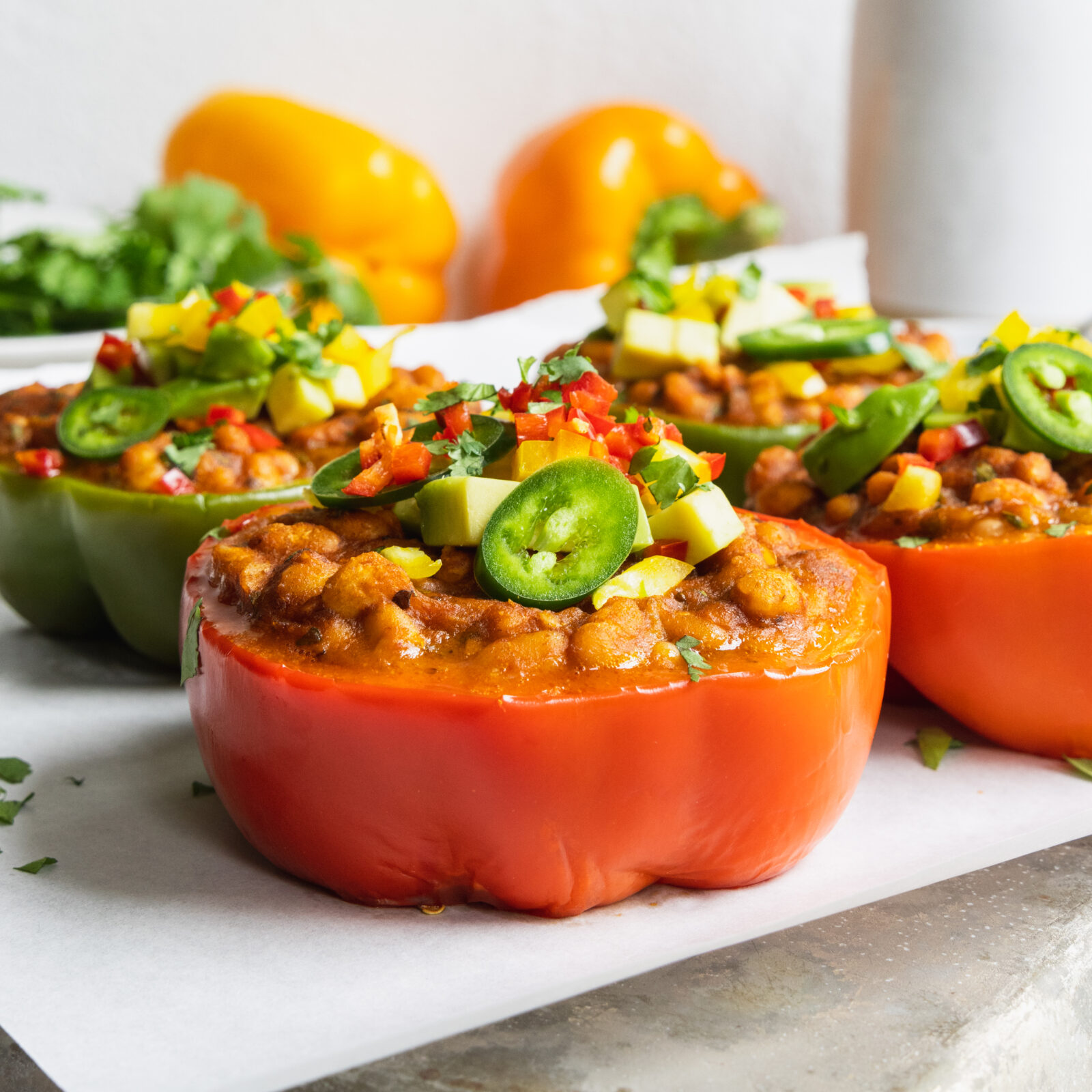
Why it seems healthy: You’re using a vegetable as a bowl for a mix of lean ground meat, rice, and tomatoes. Why it’s actually terrible: To make the filling moist and flavorful, recipes often call for a huge amount of cheese to be mixed in and melted on top. Paired with white rice, the carb and fat content skyrockets, turning a healthy concept into a heavy, cheesy, calorie-dense meal.
Coconut Curry
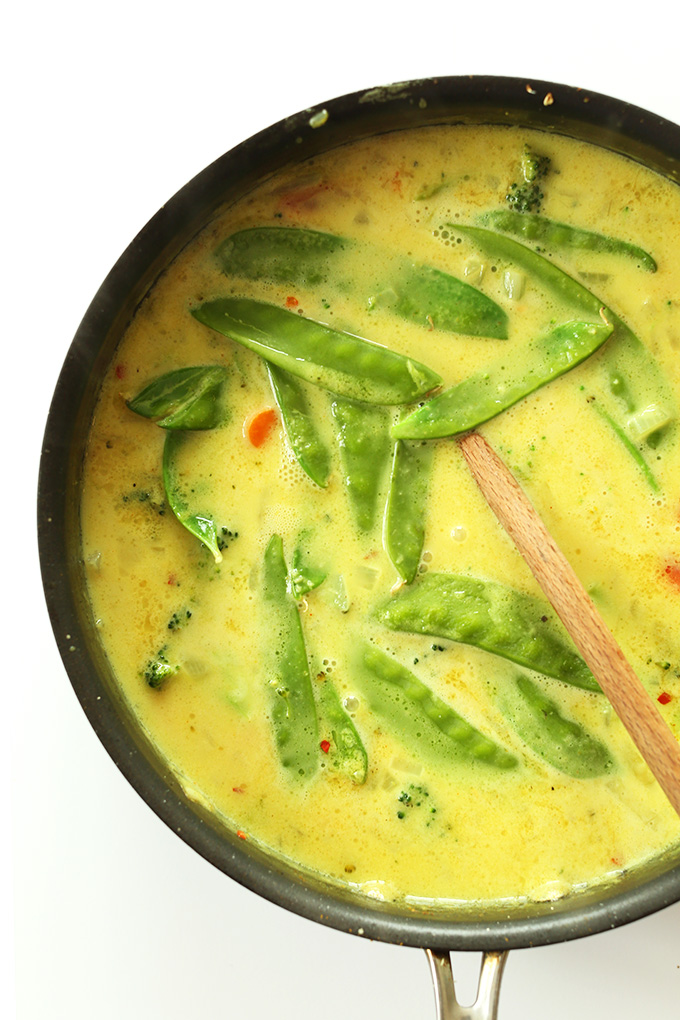
Why it seems healthy: It’s often packed with vegetables and lean protein like chicken or chickpeas, and coconut is a “healthy fat.” Why it’s actually terrible: Full-fat coconut milk is the base of the sauce, and it’s incredibly high in calories and saturated fat—more than heavy cream. While plant-based, it’s still a dense fat that can contribute to a massive calorie surplus, especially when served over a mountain of white rice.